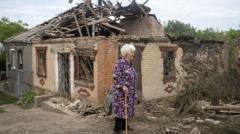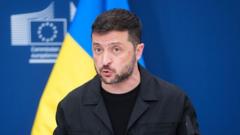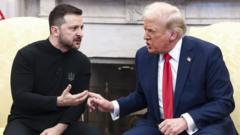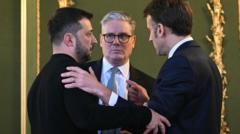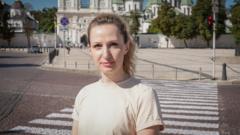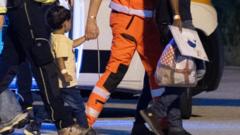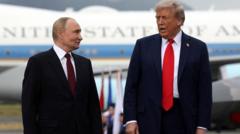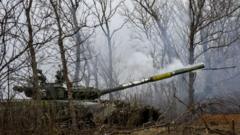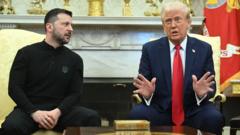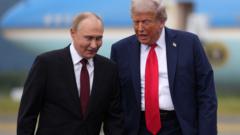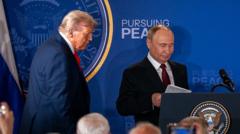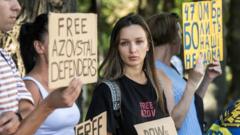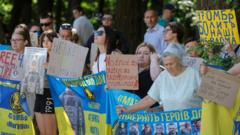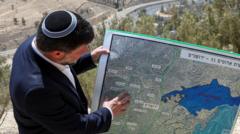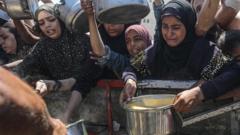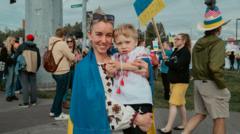*Pope Leo XIV's inaugural Mass marks a pivotal moment in the Roman Catholic Church, highlighting issues of artificial intelligence, world peace, and unity among Catholics.*
**Pope Leo XIV's Inauguration: A New Era for the Catholic Faithful**

**Pope Leo XIV's Inauguration: A New Era for the Catholic Faithful**
*World leaders gather in Vatican City as the first American Pope addresses pressing global issues.*
---
Pope Leo XIV presided over his inaugural Mass at St. Peter’s Square, a historic occasion that welcomed a plethora of dignitaries and Catholic faithful. The event not only marked the official commencement of his papacy but also celebrated the significance of having the first American pope in history, Robert Francis Prevost, affectionately known as Bob.
Amidst the tumult of politics and faith, world leaders, including Vice President JD Vance and various heads of state, gathered to witness the Mass, officially installing Leo as the shepherd for 1.4 billion Catholics globally. His election infused optimism and curiosity, as it defied traditional norms of papal selection and raised questions about the future direction of the Church.
Prior to the service, Pope Leo outlined pressing challenges he intends to tackle, including concerns over artificial intelligence, the preservation of peace in war-torn regions like Ukraine and Gaza, and a desire to represent the voices of marginalized communities. As the American landscape of Catholicism experiences a diverse array of tensions and conflicting ideologies, many see Leo's leadership as a potential catalyst for reconciliation within the Church in the U.S.
The atmosphere was electric as crowds began filtering into the square early in the morning; volunteers prepared to assist attendees, creating an atmosphere of anticipation. This inauguration, steeped in tradition, included elements designed to signify unity, strength, and continuity with Pope Leo's predecessors.
A procession to the square highlighted the deep roots of Catholic history, with the Mass reflecting both a commitment to the legacy of St. Peter and contemporary social issues. The inclusion of various cultural representatives from around the globe gave a face to a Church that must navigate a rapidly evolving world.
Notably, the participation of figures like Vice President Vance raised eyebrows, particularly due to past criticisms linked to his previous social media presence. This underscores the complex interplay of politics and faith, where some conservatives voice hopes for alignment with Pope Leo's moderating influence.
As Pope Leo expressed aspirations for worker dignity and social justice, many are watching closely to see how these themes resonate in both ecclesiastical and political landscapes. His commitment to addressing modern challenges may offer unexpected alliances among diverse factions within the Church, paving the way for a transformative papacy.
Ultimately, the inaugural Mass served as both a ceremonial beginning and a call to action, propelling forward the dialogue on pressing issues—propelled by the hope for unity, service, and spiritual renewal that resonates deeply within the global Catholic community.
Pope Leo XIV presided over his inaugural Mass at St. Peter’s Square, a historic occasion that welcomed a plethora of dignitaries and Catholic faithful. The event not only marked the official commencement of his papacy but also celebrated the significance of having the first American pope in history, Robert Francis Prevost, affectionately known as Bob.
Amidst the tumult of politics and faith, world leaders, including Vice President JD Vance and various heads of state, gathered to witness the Mass, officially installing Leo as the shepherd for 1.4 billion Catholics globally. His election infused optimism and curiosity, as it defied traditional norms of papal selection and raised questions about the future direction of the Church.
Prior to the service, Pope Leo outlined pressing challenges he intends to tackle, including concerns over artificial intelligence, the preservation of peace in war-torn regions like Ukraine and Gaza, and a desire to represent the voices of marginalized communities. As the American landscape of Catholicism experiences a diverse array of tensions and conflicting ideologies, many see Leo's leadership as a potential catalyst for reconciliation within the Church in the U.S.
The atmosphere was electric as crowds began filtering into the square early in the morning; volunteers prepared to assist attendees, creating an atmosphere of anticipation. This inauguration, steeped in tradition, included elements designed to signify unity, strength, and continuity with Pope Leo's predecessors.
A procession to the square highlighted the deep roots of Catholic history, with the Mass reflecting both a commitment to the legacy of St. Peter and contemporary social issues. The inclusion of various cultural representatives from around the globe gave a face to a Church that must navigate a rapidly evolving world.
Notably, the participation of figures like Vice President Vance raised eyebrows, particularly due to past criticisms linked to his previous social media presence. This underscores the complex interplay of politics and faith, where some conservatives voice hopes for alignment with Pope Leo's moderating influence.
As Pope Leo expressed aspirations for worker dignity and social justice, many are watching closely to see how these themes resonate in both ecclesiastical and political landscapes. His commitment to addressing modern challenges may offer unexpected alliances among diverse factions within the Church, paving the way for a transformative papacy.
Ultimately, the inaugural Mass served as both a ceremonial beginning and a call to action, propelling forward the dialogue on pressing issues—propelled by the hope for unity, service, and spiritual renewal that resonates deeply within the global Catholic community.

